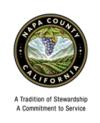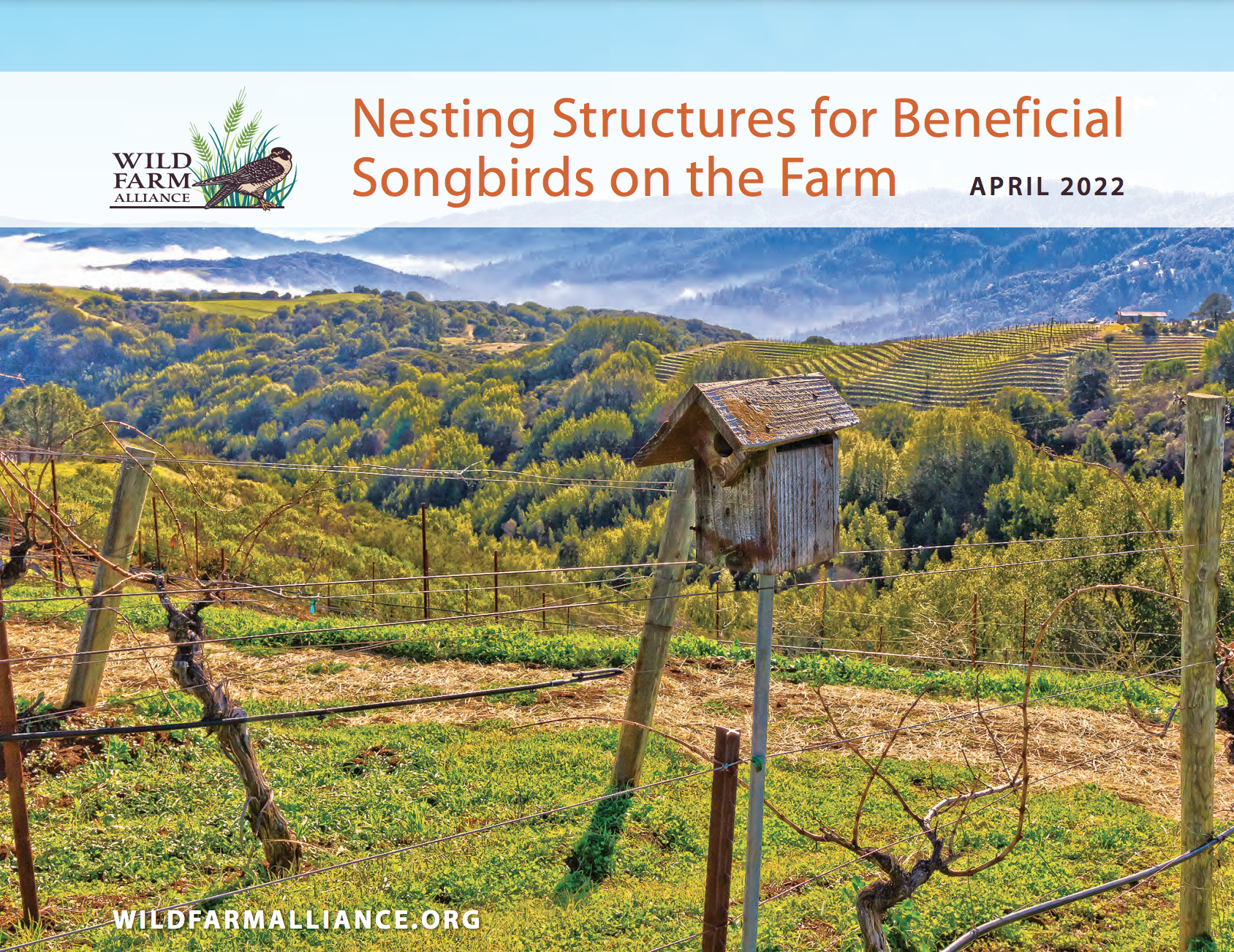Songbird nest box networks
Many native songbirds contribute to biological control of insect pests in agricultural production. Studies have shown that songbirds have a varied diet and consume abundant prey species, characteristics that may allow them to respond and assist with pest outbreaks (Garfinkel et al. 2022).
Western Bluebird diet in California vineyards consisted of greater than 50% herbivorous insects, such as aphids, leafhoppers, and moths and included other pests, such as mosquitos (Jedlicka et al. 2017).
Bluebirds and other insect eating songbirds can be attracted with songbird nest box networks. For more information see below and don't hesitate to contact me with any questions!
Wild Farm Alliance: Insect-Eating Birds Supported by Nest Boxes and Buildings
For more detailed information on songbird nest boxes see Wild Farm Alliance Online Course for Ag Professionals and Farmers on How to Support Birds:
https://www.wildfarmalliance.org/role_of_birds_on_farms_course_lesson_3
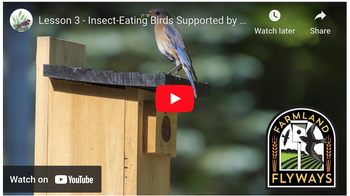
Cornell Nest Watch
For plans and information on a variety of nest boxes visit the Cornell Nest Watch website:
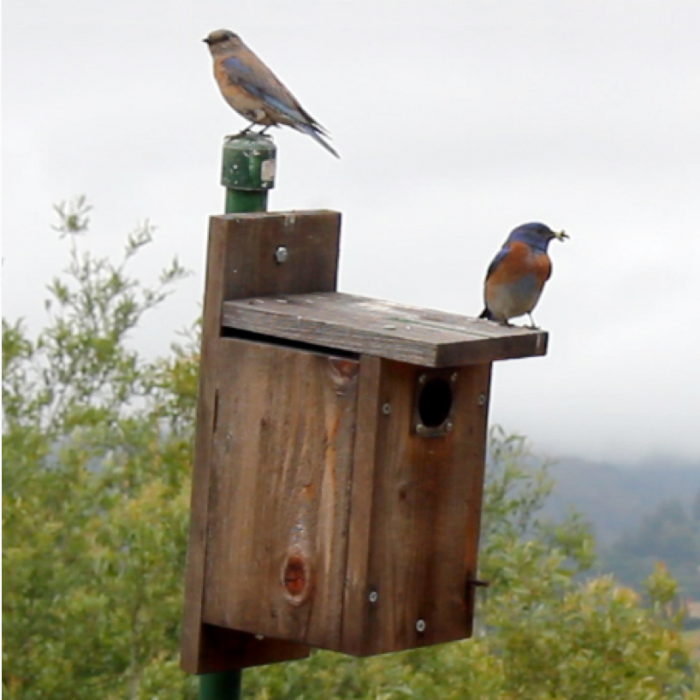
photo: Wild Farm Alliance
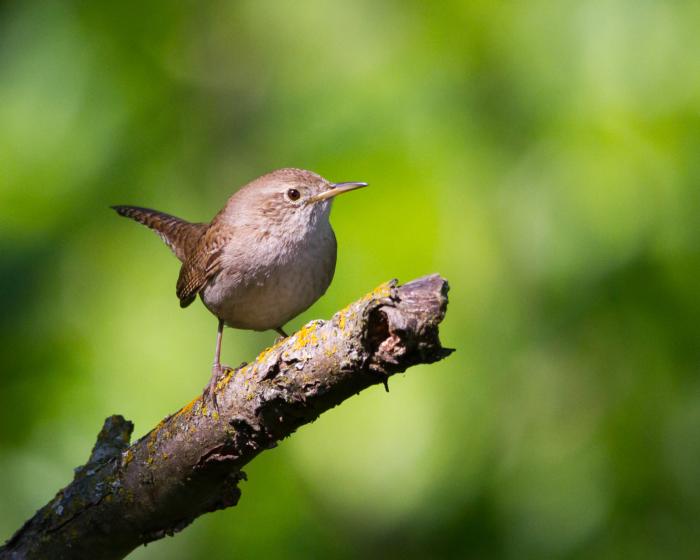
photo: Ryan Bourbour

